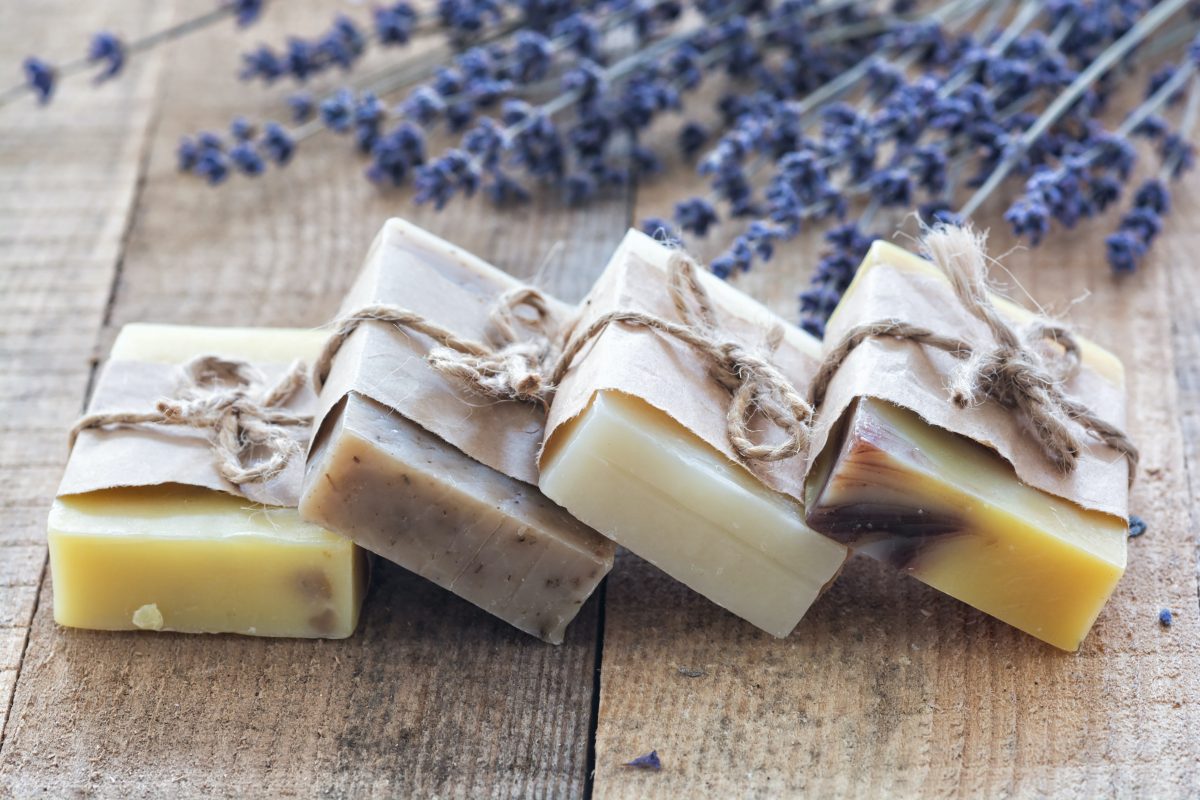Each square centimeter of skin on our hands contains an estimated 1,500 germs. We’re also prone to subconsciously touching our eyes, noses, and mouths. To avoid getting sick because of the bacteria on our skin, we should wash our hands with soap often. This also helps prevent the spread of these bacteria to others. This is especially important right now. But what is soap, and what is it about it that helps?
Origins and Components
Soap is a common disinfectant that we use to clean our bodies. Soap is actually a kind of salt that is made from fats or oils that are obtained from either plants or animals. The oil or fat is combined with an alkaline metal solution, causing the oil or fat to break down and release the salt. This reaction is referred to as saponification. The most common solutions are sodium carbonate and sodium hydroxide.
According to historical records, the first evidence of the manufacturing of soap-like materials was discovered in ancient Babylon about 2800 BC, where they boiled a mixture of oil and wood ash to make soap. Because of this process, the soap has a smoky and ashy feel and smell to it. It’s in the evidence of soapmaking found in Palestine where herbs are added to the mixture to make it more fragrant. During the 16th century, Europeans developed finer soaps that use vegetable oils instead of animal fats to get a more luxurious lather.
How does it work?
When we wash our hands, soap doesn’t really kill the germs on our hands. It cleans by acting as an emulsifier and surfactant in the cleaning process. It surrounds the oil or dirt on our skin and makes it easier to be washed away. The soap molecules can also penetrate into the lipid membrane of viruses and pull it apart, making it inactive.

